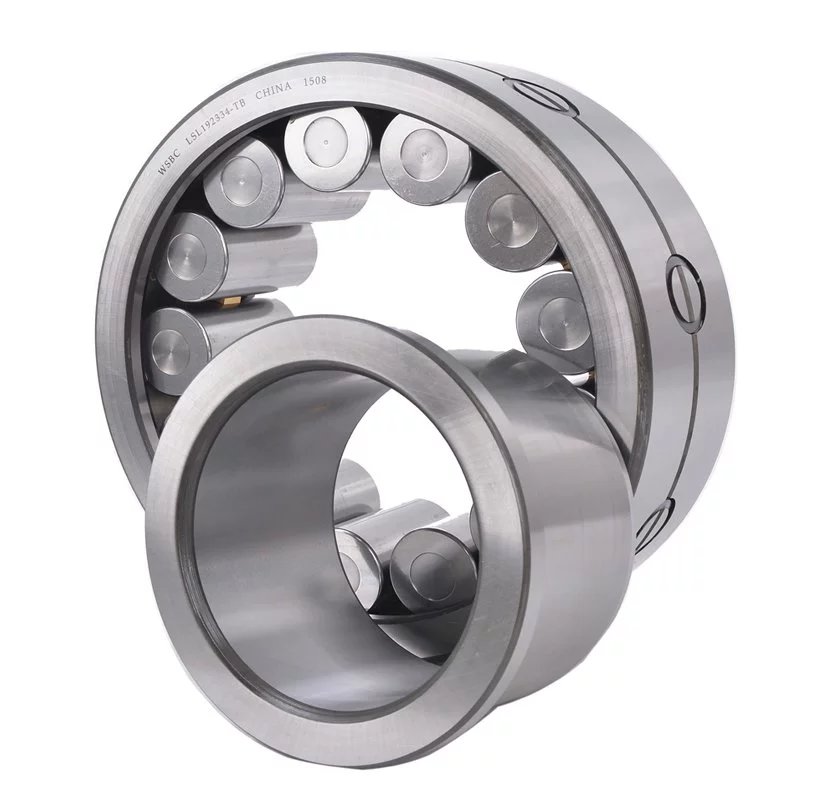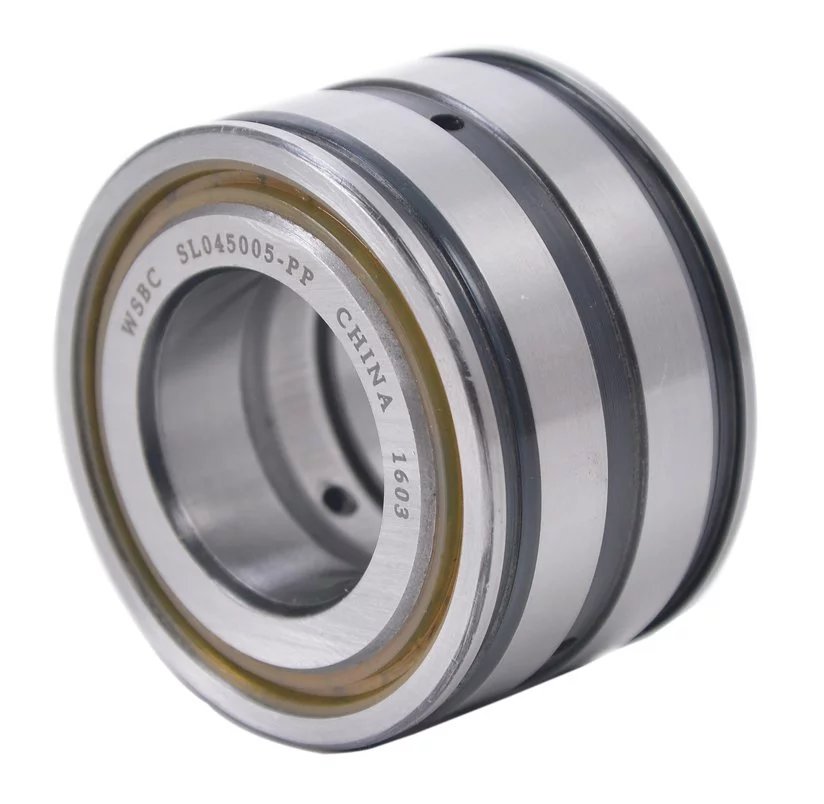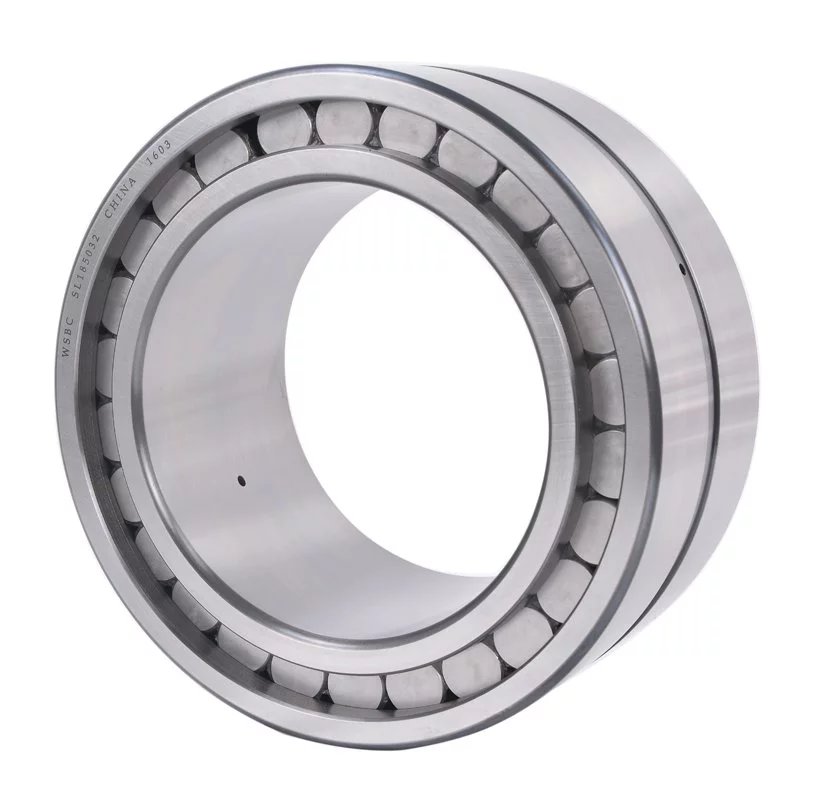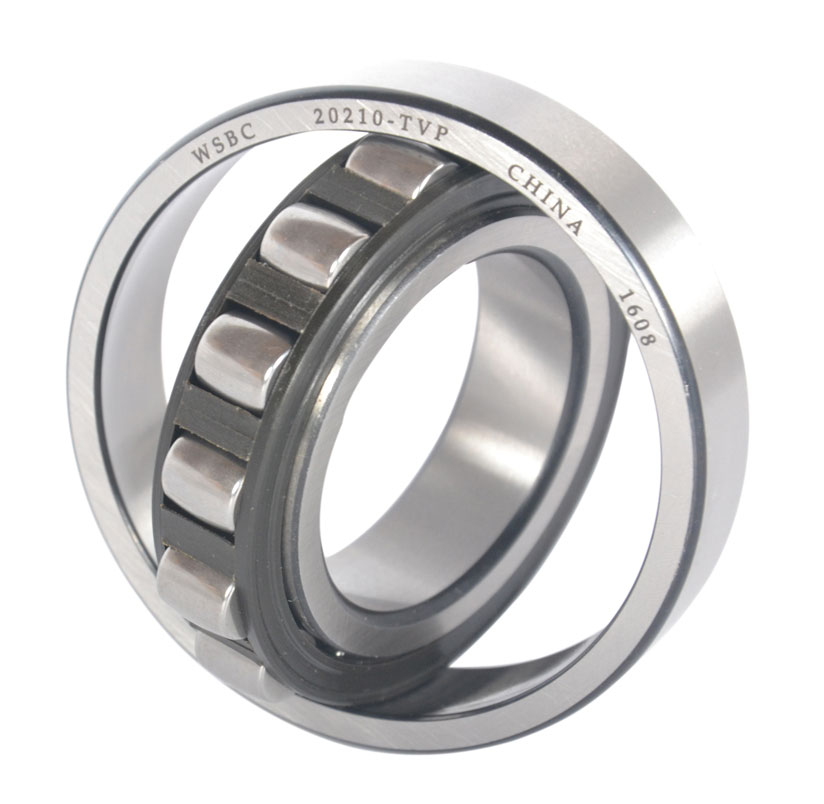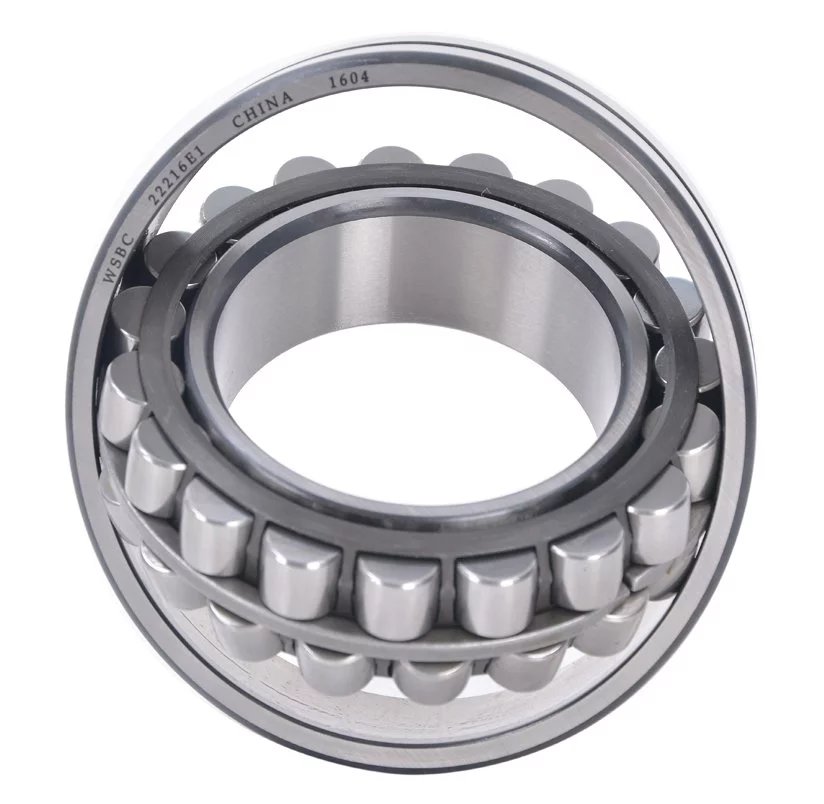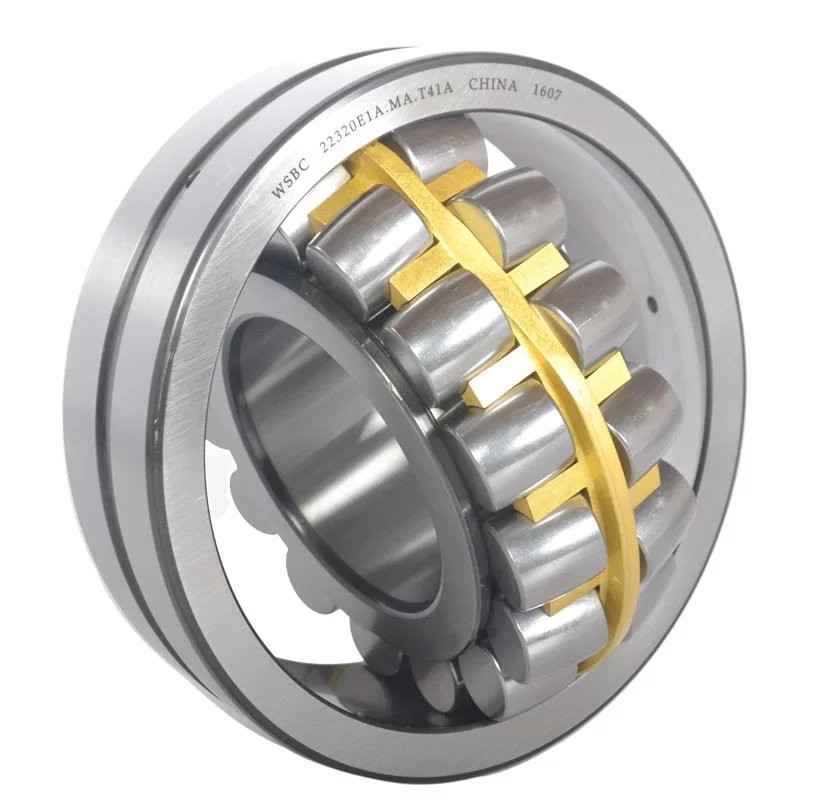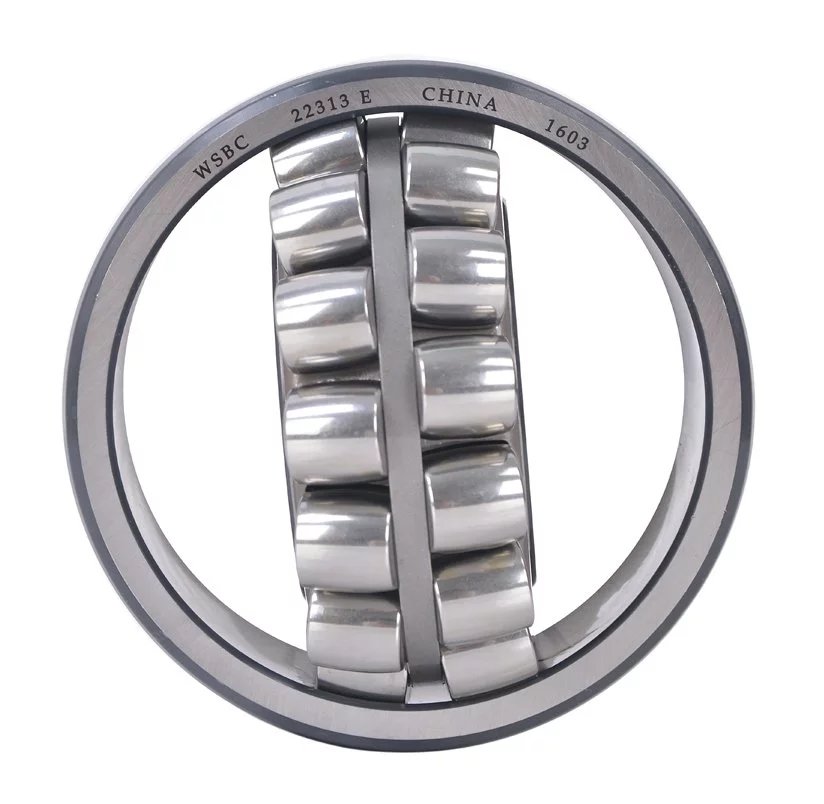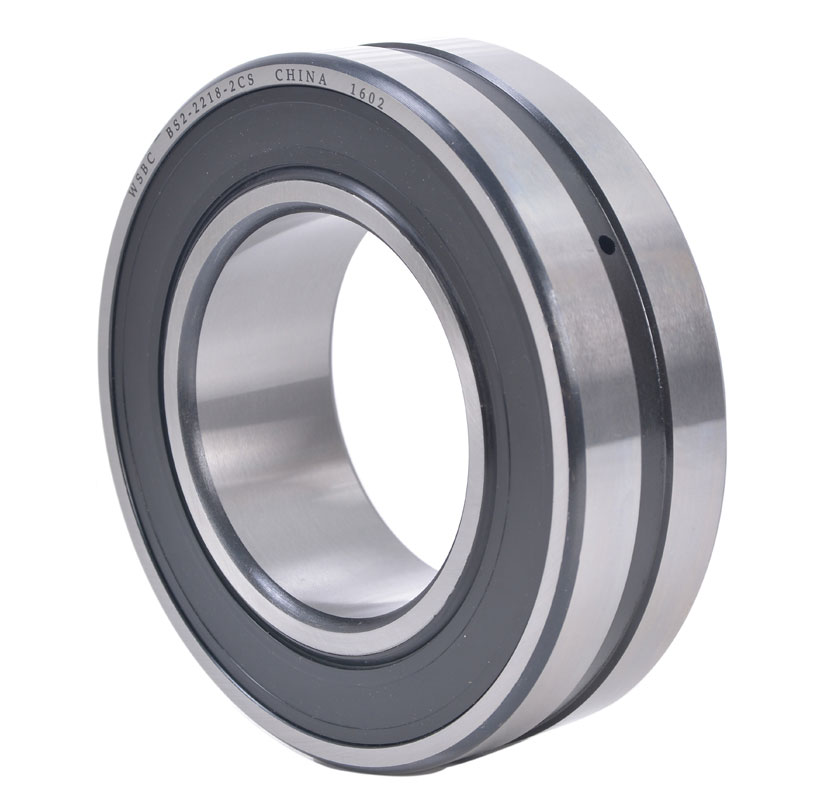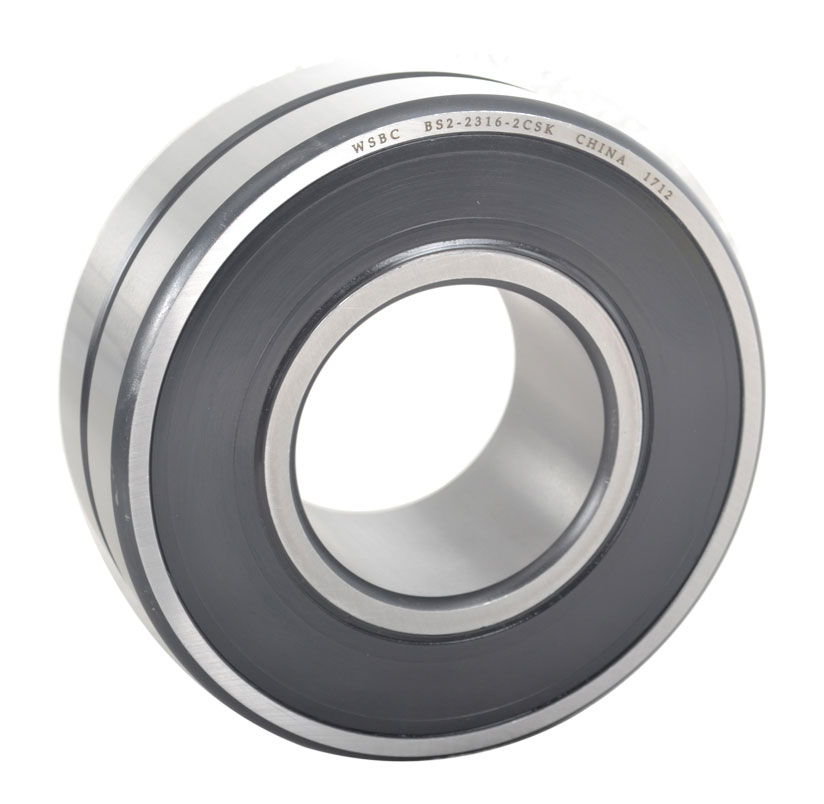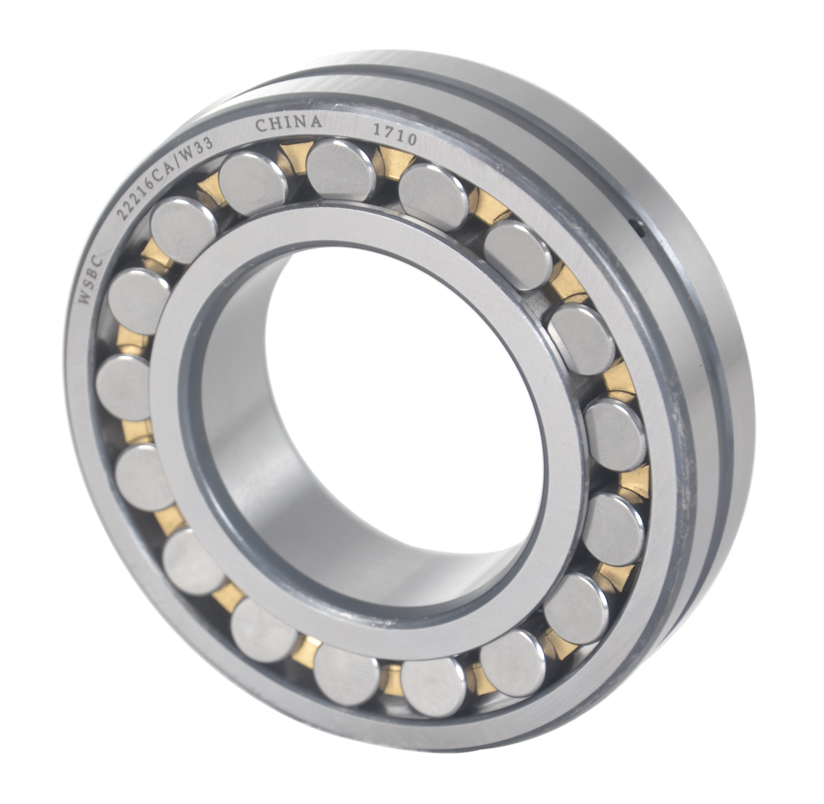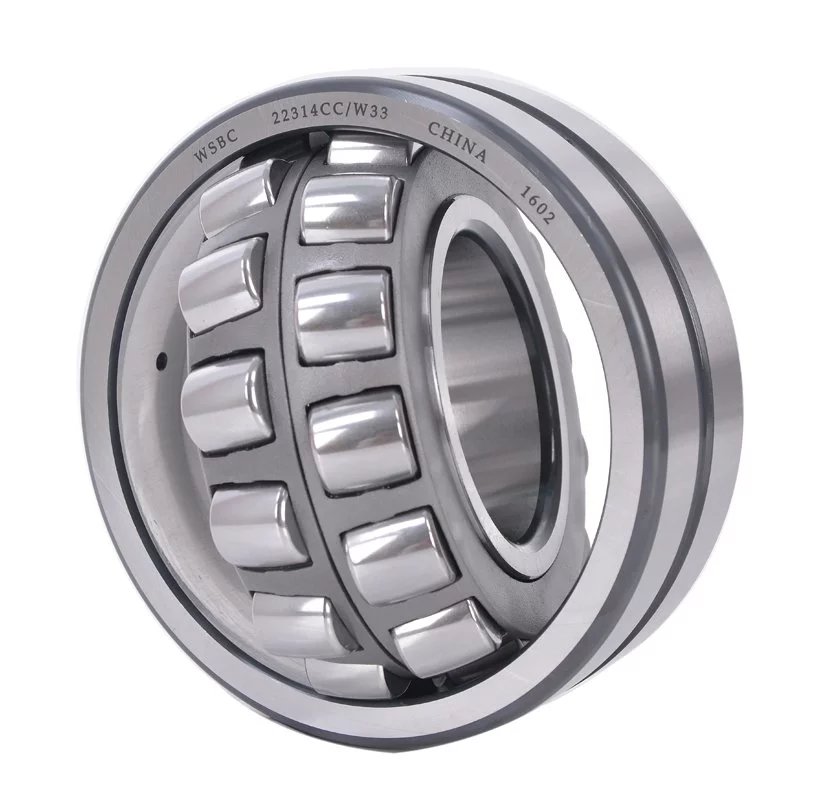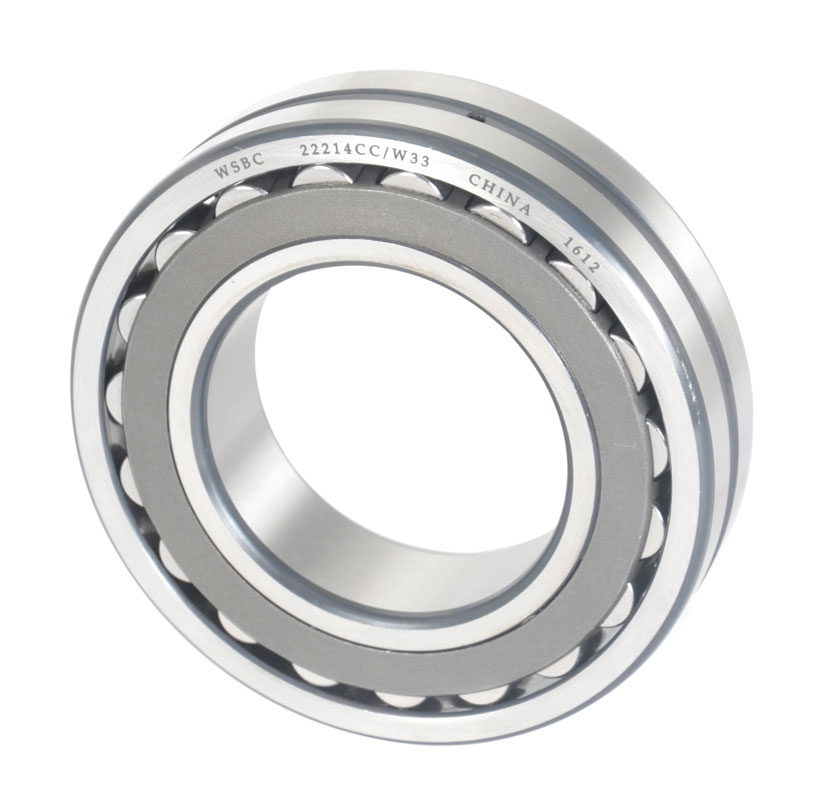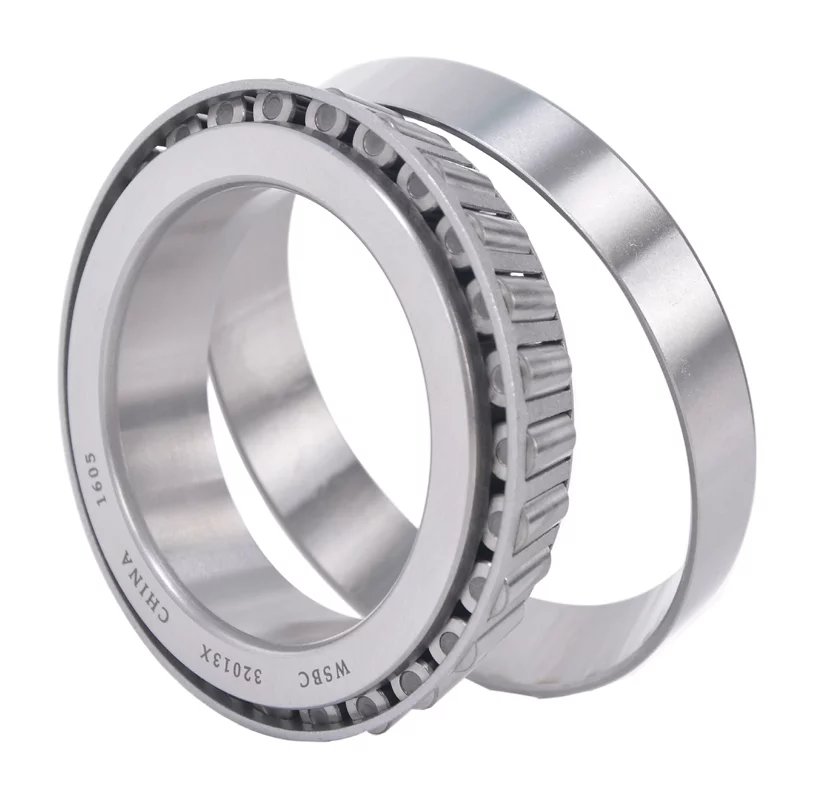News
Deformation of Cylindrical Roller Bearing Cage
Time:2020.09.11 Source:Roller Bearings Suppliers
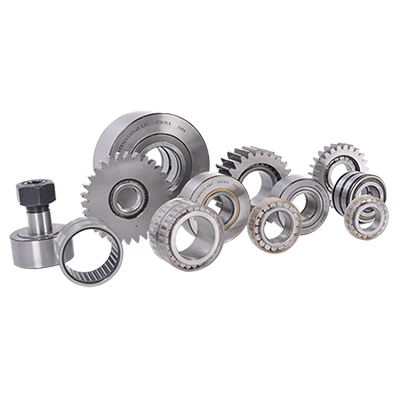
Cylindrical roller bearing copper alloy solid cage has compact structure, high strength, running performance and impact resistance are better than steel combined cage, it is a structure often used for high-speed, high-temperature and other high-performance bearings. In the cage structure design, in order to install the rollers into the cage and the ferrule (inner ring or outer ring), so that the three can form an inseparable component to avoid loose sleeves of the finished bearing, usually on the outer diameter of the cage Or the inner diameter surface is designed with locking claws to lock the rollers.
During the operation of the bearing, the locking pawl part does not participate in the work of the bearing, but if the processing size and shape of this part are not properly controlled, it will affect the normal operation of the bearing, and may lead to the occurrence of cage fracture failure.
1. The forming process of the lock claw of the cylindrical roller bearing cage
At present, in the production of bearings, the cage lock claws are processed by punching and deformation of the punch. This processing method is called split claws. Before splitting the claws, it is necessary to form a pre-splitting claw, that is, use a milling cutter to remove the material in the middle of the lock claw position reserved in the previous process to improve its structural plasticity. After the claws are pre-cleaved, the claws are split. The punches exert a force on the claws to produce a small amount of plastic deformation on the top of the claws to both sides, and at the same time, a certain amount of work hardening is produced, which increases the local strength and locks the roller. The organization and plastic properties of the cage material and the processing method of the lock claw have an important influence on the deformation and strength of the lock claw after deformation. If you need WSBC SL183018, pls click here learn more :
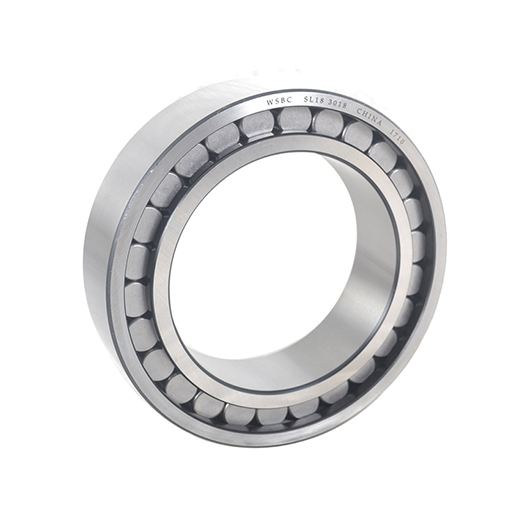
The lock claw processed in this way requires that the rollers must not fall out of the lock claw position. After the rollers are installed in the cage, they should be able to be installed into the inner ring or outer ring with the cage, under the common restriction of the lock point and the raceway. , So that the cage, the roller and the ferrule form an assembly; after the bearing is assembled, subject to the position of the inner and outer raceways, there is a certain gap between the roller and the lock pawl, and there is no contact with the bearing. No impact on operation.
2. Common problems with the lock claw of cylindrical roller bearing cage
(1) Broken or cracked lock claw
Laying the faulty cylindrical roller bearing flat and observing it, it was found that the lock claw was asymmetry, one side of the lock claw was deformed too much, the top end had obvious contact with the roller, and the unbroken lock claw had cracks.
Through analysis, it is confirmed that the occurrence of the fault is related to the processing quality of the lock pawl. If the size and shape are not properly controlled, one side of the lock gourd will be too deformed and contact the roller. During the high-speed bearing operation, the lock pawl will be affected by the continuous collision and impact of the roller. Fracture occurred.
In addition to the breakage of the lock claw of the single-ear structure, cracks have been found at the root of the lock claw in the lock claw of the double-ear structure.
(2) Abnormal contact marks
In addition to cracks and cracks in the lock claws of the cylindrical roller bearing cage, improper quality control of the lock claw processing can also cause abnormal contact marks in the cage pockets.
The abnormal contact marks are formed because the punch is too deep into the lock claw when the claw is split, which deforms the root of the lock claw and drives the beam to deform, forming convex and concave points. The roller contacts the convex point of the beam during the working process. There are signs of abnormal contact.
3. Analysis of the causes of fracture, cracks and abnormal contact marks of the bearing cage lock claw
Through the investigation and analysis of the cage lock claw processing process, it is confirmed that the above-mentioned cage lock claw cracks, fractures or abnormal contact phenomena of pockets have nothing to do with material performance factors, but are all related to the improper control of the pre-splitting claw processing during the splitting claw processing. , The angle of the punch is unreasonable and the stroke of the punch is infinite.
(1) Improper control of the pre-split claw position
In the process of forming the pre-split claw by the milling cutter, the milling cutter did not coincide with the center line of the lock claw, and there was a deviation, resulting in a significant difference in the thickness of the lock claws on both sides, resulting in inconsistent deformation of the lock claws on both sides in the subsequent assembly of the splitting claw, which was thinner The deformation of one side is too large to come into contact with the roller, and the roller collides with the lock point during the working process, causing cracks or fractures. If you need WSBC SL183020, pls click here learn more :
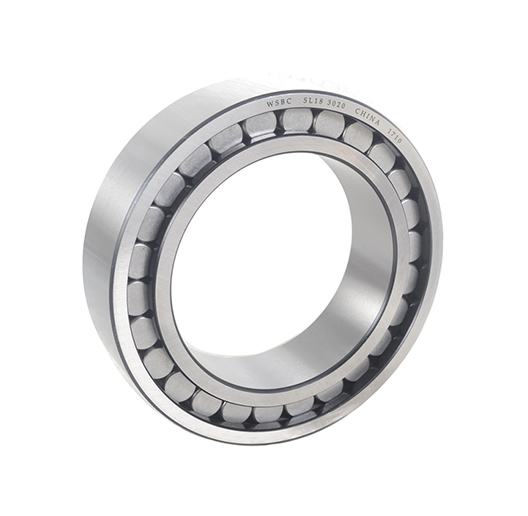
(2) The angle of the punch is unreasonable
Usually, after the cage is pre-split the claws, the angle between the claws is generally 45°~50°, while the angle of the punch of the cage assembling the claws is 120°, and the angle difference between the two is 70°~75°, which is too large On the one hand, the angle difference of the splitting claw makes the deformation span of the splitting claw too large, and the deformation is too fast, which makes the brittle material prone to cracks. The claws are deformed inconsistently and appear asymmetry.
(3) Uneven force during claw splitting, and inconsistent force on punch
Splitting claw processing is that the operator uses a manual hammer to apply force to the punch based on experience, so that the top of the lock claw opens to both sides to produce a certain deformation to lock the roller. The deformation of the lock pawl should not affect the assembly of the bearing and interfere with the operation of the bearing. However, if the operator exerts too much force during the claw splitting process, the punch completely enters the lock pawl to contact the root of the lock pawl. Under the action, the root of the lock claw is deformed, which drives the pocket beam area to also deform, causing unevenness and abnormal contact marks on the beam.
4. Solution
(1) When pre-splitting the claw, control the consistency of the milling cutter and the center of the lock claw to ensure the symmetry of the position of the lock claw on both sides and the consistency of the thickness.
(2) Reduce the angle of the punch, and reduce the angle of the punch from 120° to 90°. For the cage with thicker lock claws, the punches with the angle of 70° and 90° can be used to split the claw twice. , To avoid excessive deformation of the lock pawl, causing cracks or interference with the operation of the roller.
(3) Change the method of manually knocking the punch to split the claws to a fixed mold pneumatic method to apply force to the punch to ensure the consistency of the force applied to control the stroke of the punch and avoid the roots of the lock claws from being excessively applied. Deformation can also ensure the consistency of lock processing quality.
Hot Topics
Copyright © Wuxi Spark Bearings Co.,Ltd Co., Ltd All Rights Reserved. Sitemap
www.spark-bearing.com. Profession in Roller Bearings, Ball Bearings and Taper Toller Bearings-China Suppliers.
